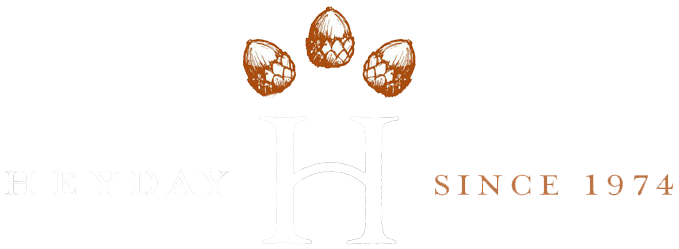
By Tavi Lorelle Carpenter
One year ago, I was in the process of pulling together my final presentation for my thesis, which included putting together the short ethnographic film that featured my Grandmother.
“The Way We Live” had been a working title throughout my research process, as I was continually reading The Way We Lived by Malcolm Margolin. I liked the idea of taking a very classic book and playing with the title in a way that would really highlight that we, as California Indian people, are still here. Particularly as I was studying identity and personal understanding of indigeneity.
In an amusing or rather ironic turn of events, when I submitted the film for the De Young 2023 Open Exhibit, it would be mis-titled as: “The Way We Lived“. We kind of laughed about it in my family, clearly a mistake but one that actually holds a lot of meaning as American Indian people are often regulated by dominate narratives to being relics of the past.
A year later, I can reflect on the immense amount of time and energy I placed into this short film, and the incredible support that went into creating it. It would not have been possible without the support of my community annd, my family, particularly my Grandmother.
Creating a film was never part of my original process. During my summer of research, I didn’t film much of anything. The footage I would eventually review when thinking of how to present my final research project, was taken by my Auntie Yana. She told it had less to do with my project and more to do with documenting these important moments that held significance for the generations to come.
The idea for a film came out of my wish to not have to explain my research. It felt impersonal and after writing my thesis that included the intimate voices of my participants, descriptive narrative pieces and my own poetry, it just felt disconnected to create a 10 minute explanation of my research.
But I had to create something, it was necessary component of the assignment. So I started to review the media that I did have from the summer.
With ethnographic filmmaking, perhaps the most crucial thing it can offer is human connection. As an actor, I know the power of storytelling through filmmaking and even theatre. It allows you to unpack complex emotions authentically and encourages compassion from the audience. This is so exceptionally important in ethnographic filmmaking because, despite its fraught history, Anthropology is meant to be the study of humans. And our compassion for one another helps us understand where we differ.
The film went through a couple of drafts, with the initial draft having really significant technical issues and a lack of b-roll, which is essential for a cohesive story. But what it had always had in excess was an emotional life that I can credit to my Grandmother for being so open and generous in sharing stories of her life.
The moment I knew I had a film however, never made it into the final cut. It’s a very brief clip that consists of my Aunite Yana asking Grandma about a pink flower as she pans up. Grandma answers her and starts singing an oldie that I just so happen to know. Off-screen you hear me singing along before my hand, holding a found Hawk feather from Momma Lorelle, comes into the frame.After singing a long, you hear me say to Grandma, “I know that song!”. She laughs and walks towards me with her walker. Yana lets a long sigh as she spans from Momma Lorelle in the foreground to Grandma walking towards me, finally landing on me, as I am walking down the road pointing something out to Grandma. Three generations of Indian women in our ancestral homelands, on the back of the Historic Graton Rancheria with a deep sigh encapsulating the unspoken nuances and complexities of our history.
I saw that clip and knew I had a film, rather than family clips that I liked watching because it was my family.
You can work with technical issues but authentic nuanced emotions and raw vulnerability? It either exists or it doesn’t.
I hope in the future to continue doing this kind of work of story sharing and I’ve been so grateful to have the opportunity to listen and learn from those actively involved in that process through this internship.
It’s vital that we all share our stories and that we take the time to listen to each other’s stories. Particularly to our Elder’s, they are bridges between our ancestors, ourselves and the generations to come.
I hope you enjoy viewing this short film on its one-year(ish) anniversary.




